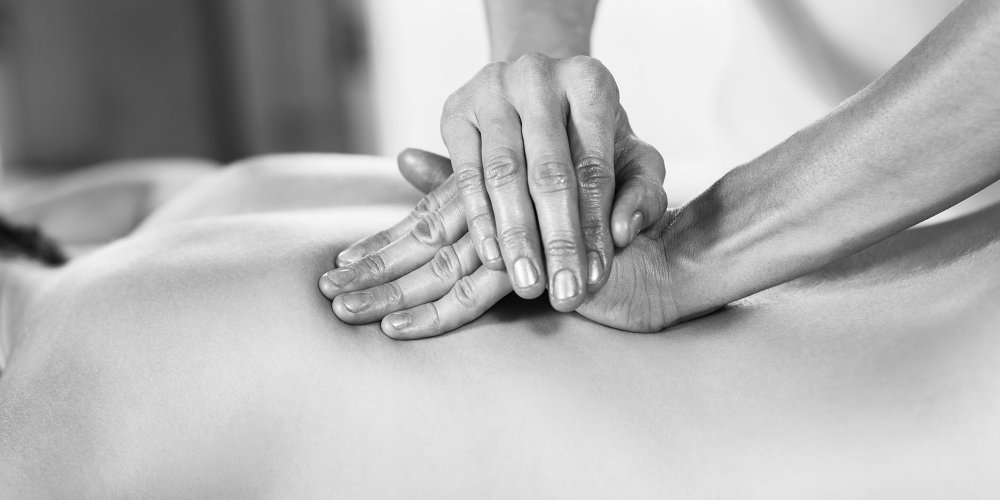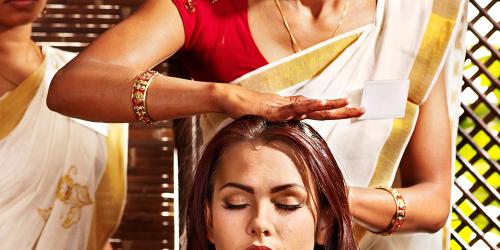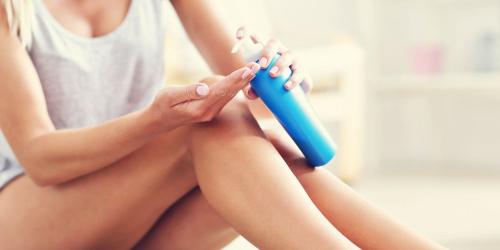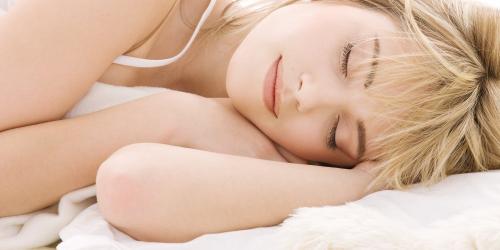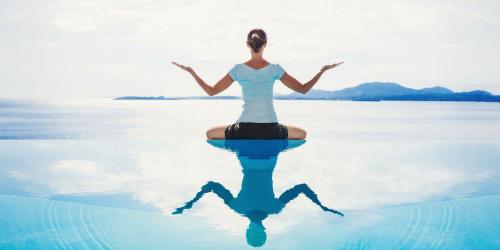Like many gentle therapies , Shiatsu is on the rise. To apprehend this discipline originating from Japan, which would allow to maintain a good state of health by simple pressures exerted on key points of the body, we asked questions to Hervé Ligot, author of the book The big book of shiatsu and the do-in , (ed.Leduc).
Where does shiatsu come from?
"Shiatsu is relatively recent, at least in its modern version, it is based on theoretical bases of the eastern energy (Asian)," says Hervé Ligot. Shiatsu developed in Japan in the last century, under the impetus of masters, Tenpeki Tamai first, then Tojiru Namikoshi, who opened in 1925 the first Shiatsu clinic.
In Japan, there is even a state diploma, created in 1955, as well as an official book, "Theory and Practice of Shiatsu," published by the Japanese Ministry of Health. He defines the discipline as follows: "Shiatsu is a technique that uses the fingers and palms of the hands, to exert pressure at certain points, with the aim of correcting irregularities of the organism, to preserve and to improve the state of health and contribute to the improvement of specific disease states. "
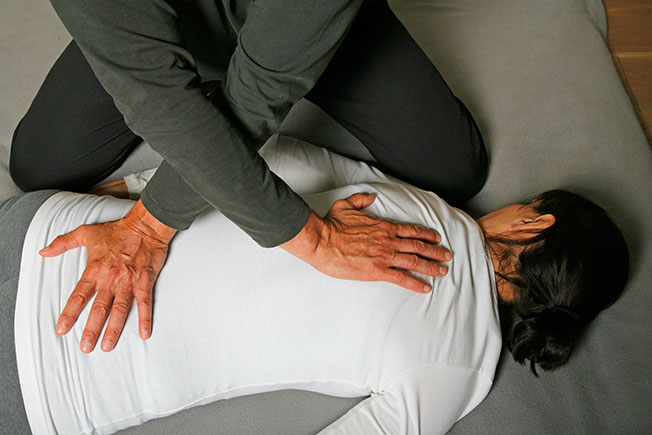
© FFST
An "unconventional" medicine taught in 70 schools in France
In France, it was in the 1970s that the first pioneers introduced shiatsu, thanks to the Japanese masters Shizuto Masunaga or Oashi for the United States.
Now taught on all continents, shiatsu is recognized as one of eight alternative disciplines worthy of interest by the European resolution Lannoye and Collins, of May 29, 1997, in the field of unconventional medicine.
"For the medical profession, shiatsu began to be evaluated as a complementary therapy," says Hervé Ligot. In France, the French Traditional Shiatsu Federation (FFST) has governed the practice since 1994. There are more than 70 schools and nearly 500 certified practitioners. This certification of the FFST is a guarantee of competence and seriousness.
Several shiatsu styles for global support
Shiatsu acts manually on energy imbalances , explains Hervé Ligot, by very different techniques: pressures, friction, mobilizations and very gentle stretching exerted on the energy channels called "meridians" and the acupuncture points which constitute them.
Literally, the word shiatsu consists of shi (fingers) and atsu (pressure). This is enough to define all the discipline.
There are several styles of shiatsu: Zen-Shiatsu gives a prominent place to the emotional field, for example. Shiatsu supports a person in a global way. "Trust and respect allow to establish a genuine relationship between the patient and the practitioner, who can then exercise an empathic and liberating touch," says Hervé Ligot.
The (many) benefits of shiatsu
Shiatsu, like the do-in (a practice of self-massage close to shiatsu, which is practiced in two), maintain the state of good health. It reduces stress, it strengthens the immune system. It brings physical and mental relaxation, stimulates blood and lymphatic circulation.
There is also an improvement in pain, especially back pain, better digestive and intestinal functioning. Overall, it gives a feeling of well-being and serenity, improves sleep and calms emotions.
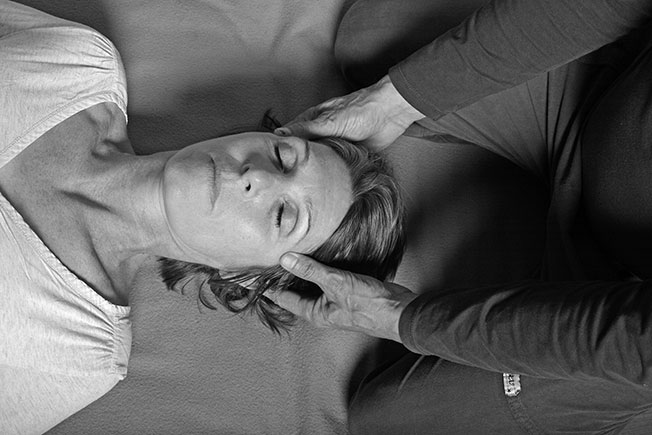 © FFST
© FFST Shiatsu, for whom?
More and more people are using shiatsu in the office. Everyone can see an interest in it, like health care. Many mutuals also support these sessions today.
Shiatsu is also practiced in many hospitals, retirement homes, in the world of sport also where it is useful for recovery or preparation for the competition. The shiatsu sessions are pleasant and sweet and constitute a moment of well-being, for oneself. To get started, you should know that shiatsu is practiced by two, a donor and a receiver. If you want to enjoy a session, the best way to find a practitioner is to search the FFST website . If on the contrary, we want to learn, we can also find a school on the site of the FFST. Hervé Ligot's book also gives some tracks and affordable exercises.
Conversely, the do-in is practiced alone. One can easily find a do-in course near his home and then repeat the gestures at home.
What are the contraindications to shiatsu?
"For shiatsu, there are some rare absolute contraindications, such as cardiac equipment, major respiratory distress or signs of phlebitis," explains Hervé Ligot. But, he reassures, "most are so-called relative contraindications because the practitioner will take into account in his way of working". In addition, practitioners are trained for four years and are able to redirect a patient to the medical profession if needed.
